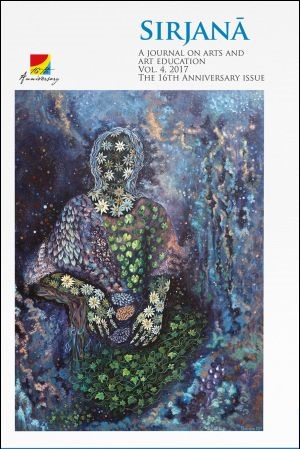Caryā of Buddha Nāţaka Ritual of Dance Drama in ahorātrapadasādhanavidhī
DOI:
https://doi.org/10.3126/sirjana.v4i1.39842Keywords:
CaryāAbstract
Ahorātrapadasādhanavidhī is a method prescribed in vajrayāna religious system to be followed to achieve the goal visualized. In the course of its practice or caryā yoga is adopted as a process of the system built. Caryāgīti listed in ahorātrapadasādhanavidhī in a given sequence equates with the group of letters in alphabetical order carrying a rationalized logic for divine communication. These bunch of caryāgītis are vajrayāna literary work for the benefit of vajrayāna religious practice. Under vajrayāna system, padasādhana is a method which specified stepped process to reach the goal of advaya or non-duality envisaged in the embrace of śūnya and karuņā, a state of yuganaddha, so conceptualized with the element of drama or nāţaka. It is a path to śūnya and ultimate nirvāņa for a bodhisattva. It is a caryā of Buddha nāţaka - mystical till realized.




